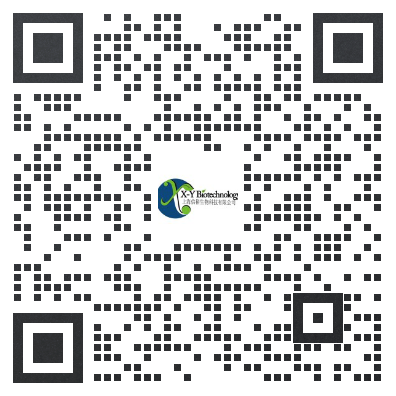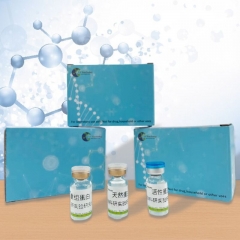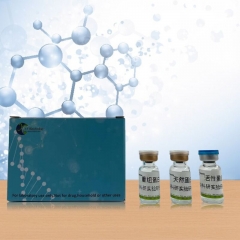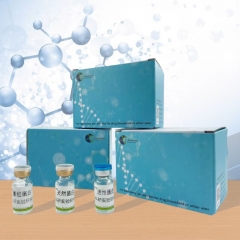Active Interferon Gamma (IFNg)
干扰素γ(IFNg)活性蛋白
[ PROPERTIES ]
Source: Eukaryotic expression.
Host: 293F cell
Residues: Gln24~Gln166
Tags: N-terminal His-tag
Purity: >95%
Endotoxin Level: <1.0EU per 1μg (determined by the LAL method).
Buffer Formulation: 20mM Tris, 150mM NaCl, pH8.0, containing 1mM EDTA, 1mM DTT, 0.01% sarcosyl, 5% trehalose, and Proclin300. Predicted isoelectric point: 9.7
Predicted Molecular Mass: 18.4kDa
Accurate Molecular Mass: 22&25kDa as determined by SDS-PAGE reducing conditions. Applications: Cell culture; Activity Assays; In vivo assays.
(May be suitable for use in other assays to be determined by the end user.)
[ USAGE ]
Reconstitute in 20mM Tris, 150mM NaCl (pH8.0) to a concentration of 0.1-1.0mg/mL. Do not vortex.
[ STORAGE AND STABILITY ]
Storage: Avoid repeated freeze/thaw cycles.
Store at 2-8℃ for one month.
Aliquot and store at -80℃ for 12 months.
Stability Test: The thermal stability is described by the loss rate. The loss ratewas determined by accelerated thermal degradation test, that is, incubate the protein at 37℃ for 48h, and no obvious degradation and precipitation were observed.The loss rate is less than 5% within the expiration date under appropriate storage condition.
[ SEQUENCE ]

[ ACTIVITY ]
IFN-γ is a dimerized soluble cytokine that is the only member of the type II class of interferons.The importance of IFNγ in the immune system stems in part from its ability to inhibit viral replication directly, and most importantly from its immunostimulatory and immunomodulatory effects. As reported, IFN γ is an important activator of human monocytic THP1 cells. Therefore,THP-1 cells were incubated in RPMI 1640 with various concentration of IFN-γ, then cells were observed by inverted microscope everyday.After stimulated with IFN-γ(5 ng/ml) for 5 days, morphological changes occured in THP1 cells which displayed the shape of fusiform or polygon and were more likely to adhere. Effect of IFN-γ on THP1 cells is shown in Figure 1.
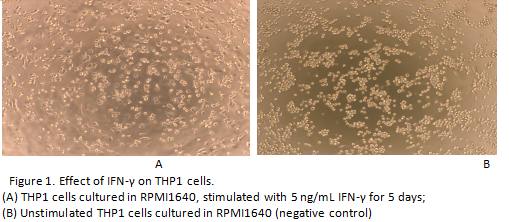
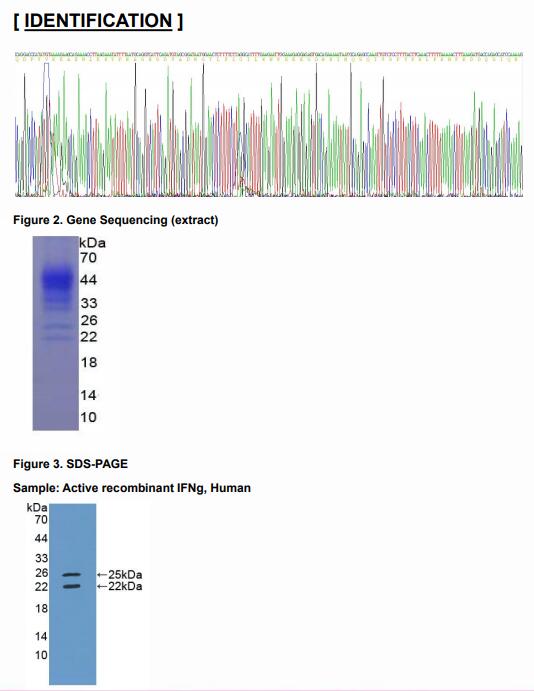
 在线客服1号
在线客服1号
